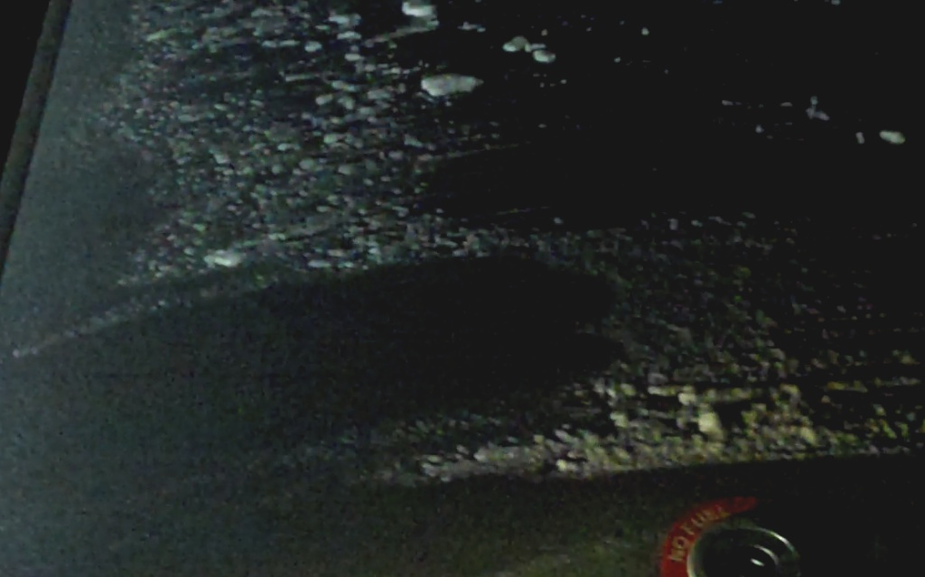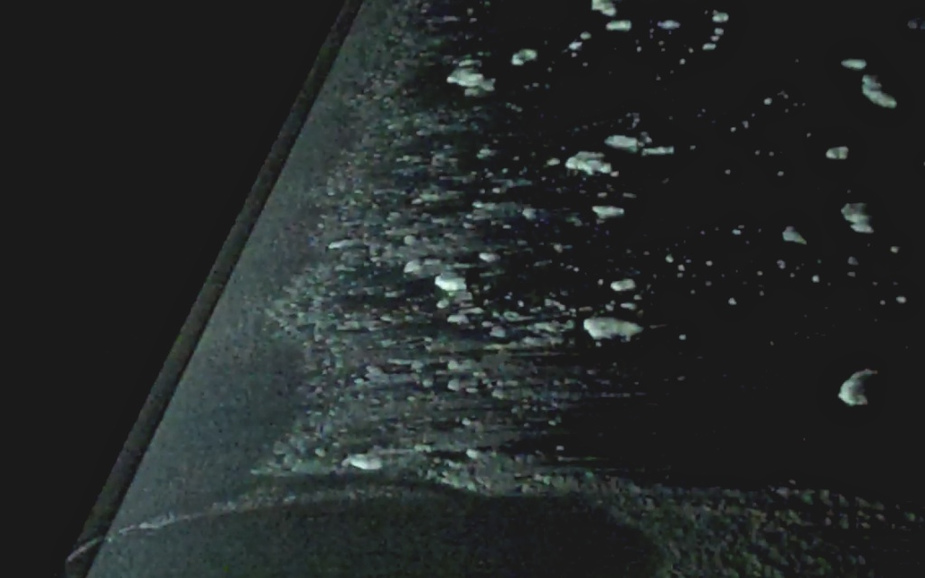Stephan_Schwab wrote:
To answer the question: SR22 turbo-normalized with enough heat to send towards the cabin – in theory.
Then I would start looking for cabin leaks.
I should expect a warm and cozy cabin at OAT -40C – that’s what you think?
I have been flying the SR22T up to altitudes of around FL250 in winter time, but the SR22T was limited by POH to -40 degrees and not lower. I did not have problems with the heater, but if I reached an OAT of -40 I would stop the climb. By the way, what is interesting is to let the TKS run (not supposed to) at that altitude and with a temperature that low. In the images attached you see how it will foam up. This was at night overhead the North Sea inbound the UK.


For me it depends on day v. night. In daytime there is so much solar gain that I can be sitting in a t-shirt and shorts with an OAT of -30C. At night, the limit of the heater is probably about -15C and for that you need to wear trousers and a fleece.
Leaks are definitely the thing to look for, not just around the cabin but also in the hot/cold air mixer (or whatever you have). In the TB20 there is a rather primitive valve which if not shut properly renders the heater also useless; I remember freezing my balls off on a night flight at -5C and there was just a 3mm gap there. The connoisseurs will know which bit I am referring to 
tomjnx wrote:
By restricting the cowl flaps to binary open/closed, the aircraft loses flexibility and comfortability. On the plus side it gains in simplicity but only marginally so.
My cowl flaps can be set to any position but during the climb phase, I keep them fully open because otherwise I need more forward speed to keep CHTs in the desired range. The heater becomes effective when the cowl flaps are fully closed, it is a non linear relationship.
I have the air from behind the oil cooler as source for cabin heat, which prevents the crew from carbon monoxide toxication.
It is adjusted by a flap, controlled by bowden cable. This works just fine especially at lower altitudes and high oil temps (e. g. in the climb) but reaches its limit at high altitude at very low (oil)temperatures or while descending. The small and airtight cabin of the Europa helps to maintain a comfortable temperature in the cabin. When the cockpit is flooded with sunlight a cabin heater is not really necessary, even in low OAT.
I’ve been up to -36C and that meant around -10 in the cabin.
Not fun. I wear old long army underwear in conditions -20 and colder.
In a 210 I have nearly no chance during climb to get heat into the cabin. At level at – 40C OAT you get a littel heat to the front and with the sun you cruise at 10-15C at the back you sit at 0C. My wife wear a coat, two blanket and with a littel hypoxia she fall to sleep :-) not easy to fly in winter.
So it is a general problem. I’ll try to buy fitting clothing tomorrow :-)
I am not sure it is supposed to be a general problem.
A plane capable of say FL200 should be capable of carrying humans up there, at night, without them wearing north pole gear.
I think the problem is that a lot of “older” planes have shagged seals, shagged heater hoses, shagged heater air selectors, etc. These things tend to be disregarded during servicing because they won’t make the plane crash. Also a lot of the parts are non-generic “airframe parts” i.e. you can’t get them from A/Spruce, and few pilots want to pay $2000 for some bits of “bent-up tin” which form an air temperature selector.
If you have +15C at the front seats and 0C at the back seats, you have a big draught somewhere…
We haven’t yet heard from the owner of a modern plane, AFAICS.